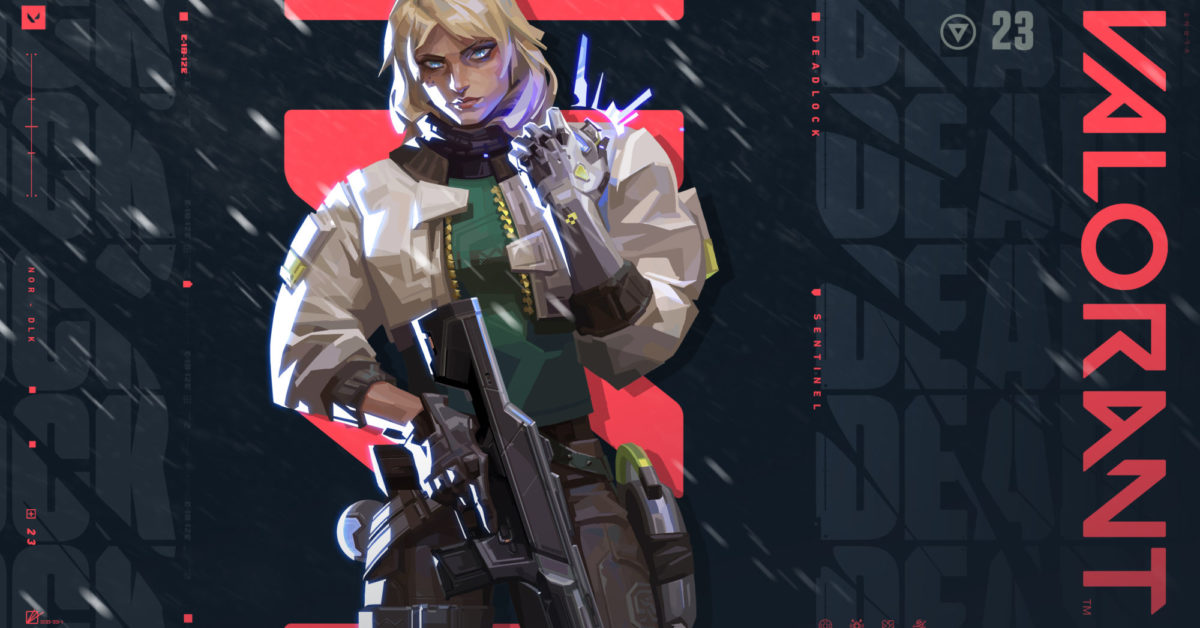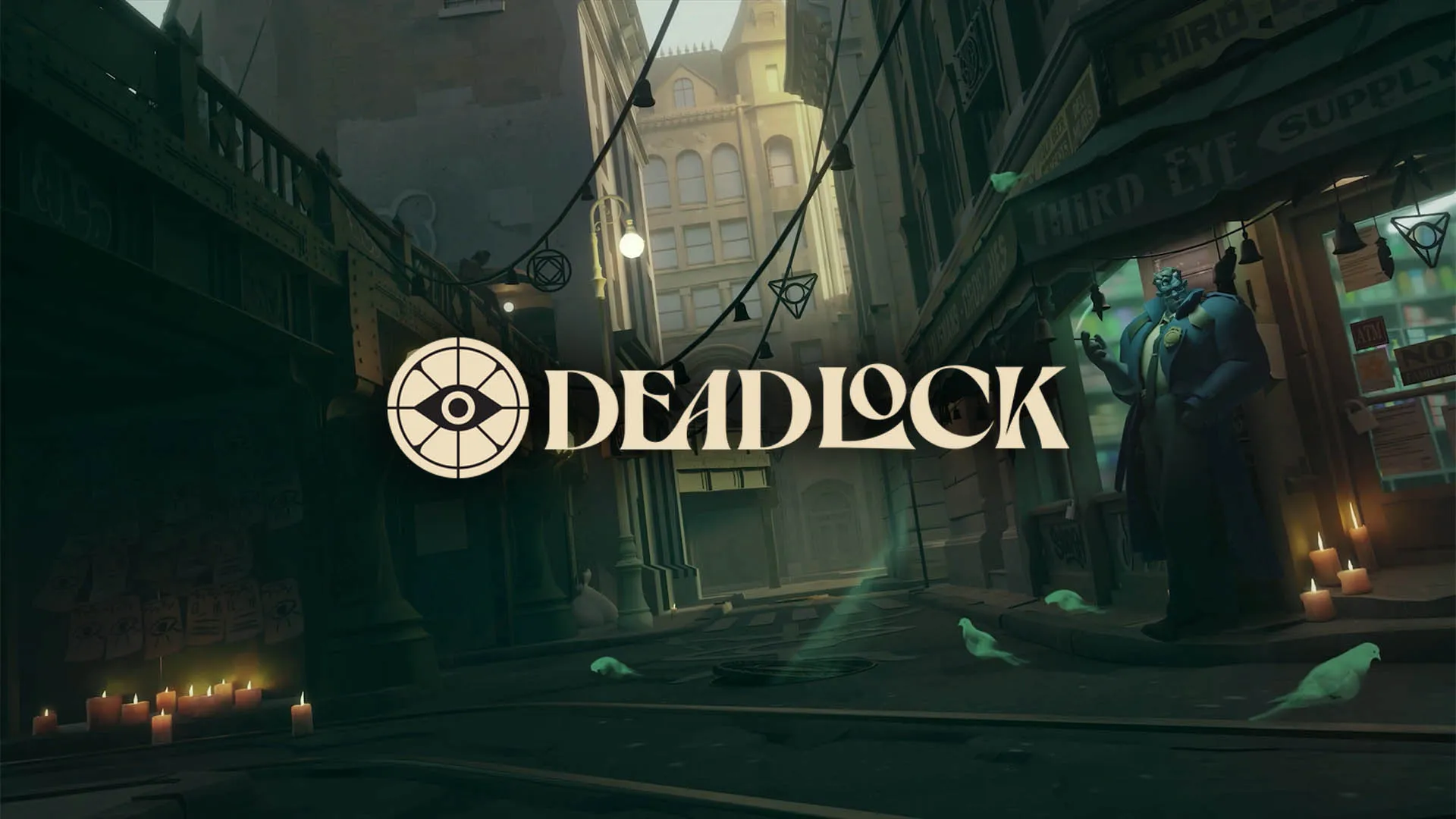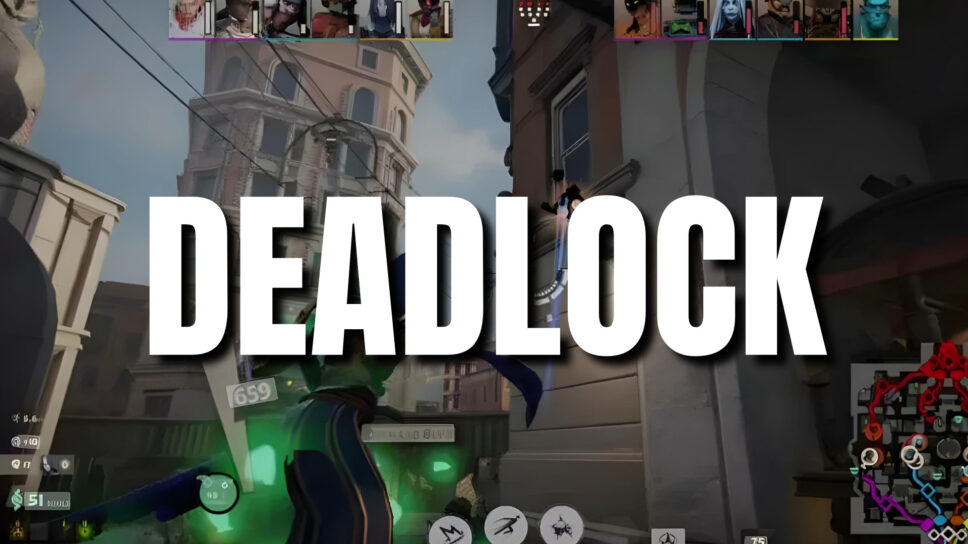Deadlock in game Twitter has become a buzzword in the gaming and social media communities, drawing attention from developers, players, and enthusiasts alike. The term refers to situations where Twitter's platform policies, algorithms, or user interactions intersect with game development or gameplay mechanics, creating friction or stagnation. Understanding these dynamics is crucial for anyone involved in the gaming ecosystem.
As social media continues to shape how games are marketed, played, and discussed, platforms like Twitter play an increasingly pivotal role. Deadlock scenarios can arise when there are conflicting interests between game developers, players, and Twitter itself. This article aims to explore these complexities and provide actionable insights.
Whether you're a developer navigating Twitter's policies, a player trying to understand the impact of platform decisions, or simply someone curious about the intersection of gaming and social media, this guide will offer valuable information. Let's dive in and unravel the intricacies of deadlock in game Twitter.
Read also:Wilford Brimley At 52 A Comprehensive Look Into His Life And Career
Table of Contents
- Introduction to Deadlock in Game Twitter
- What is Deadlock in Game Twitter?
- Causes of Deadlock in Game Twitter
- Impact on Developers and Players
- Solutions to Avoid Deadlock
- Case Studies of Deadlock Situations
- Twitter Policies Affecting Gaming
- How Twitter Algorithms Impact Gaming
- The Role of Community Engagement
- Future Trends in Game Twitter
- Conclusion
Introduction to Deadlock in Game Twitter
Deadlock in game Twitter refers to situations where the platform's policies, algorithms, or user behavior create obstacles for game developers and players. These scenarios often arise due to conflicting interests or misunderstandings between stakeholders. Understanding the root causes and potential solutions is essential for maintaining a healthy gaming ecosystem.
Twitter's role in gaming has grown exponentially over the years. Developers use it to announce updates, engage with players, and gather feedback. However, when Twitter's policies or algorithms clash with gaming activities, deadlocks can occur, leading to frustration and inefficiency.
This section will explore the importance of addressing deadlock situations and how they impact the gaming community as a whole. By recognizing these challenges early, developers and players can work together to find effective solutions.
What is Deadlock in Game Twitter?
Deadlock in game Twitter occurs when the platform's policies, algorithms, or user interactions create barriers that prevent effective communication or collaboration between developers and players. This can manifest in various ways, such as restricted access to content, limited visibility for game updates, or conflicts over user-generated content.
Key Characteristics of Deadlock
Deadlock scenarios typically exhibit the following characteristics:
Read also:Persona 4 Discourse A Comprehensive Guide To Understanding Its Themes Characters And Cultural Impact
- Limited visibility for game-related content
- Restrictions on user-generated content due to platform policies
- Algorithmic bias affecting the reach of gaming tweets
- Conflicts between developers and players over platform usage
Understanding these characteristics is crucial for identifying and addressing deadlock situations effectively.
Causes of Deadlock in Game Twitter
Several factors contribute to deadlock situations in game Twitter. These include platform policies, algorithmic changes, and user behavior. By examining these causes, we can better understand how to mitigate their effects.
Platform Policies
Twitter's policies often dictate what content is allowed and how it is shared. When these policies conflict with gaming activities, deadlocks can occur. For example, restrictions on certain types of content or interactions can limit developers' ability to engage with players effectively.
Algorithmic Changes
Twitter's algorithms play a significant role in determining which tweets are visible to users. Changes to these algorithms can impact the reach of game-related content, leading to deadlock situations where developers struggle to gain visibility for their updates or announcements.
Impact on Developers and Players
Deadlock in game Twitter can have significant impacts on both developers and players. For developers, limited visibility for game updates or announcements can hinder their ability to engage with their audience. Players, on the other hand, may miss out on important information or updates, leading to frustration and dissatisfaction.
Developer Challenges
Developers face several challenges when dealing with deadlock situations:
- Difficulty in reaching their target audience
- Increased effort required to comply with platform policies
- Reduced engagement with players
Player Challenges
Players also experience challenges in deadlock scenarios:
- Missed updates or announcements
- Limited interaction with developers
- Decreased overall satisfaction with the gaming experience
Solutions to Avoid Deadlock
Preventing deadlock situations in game Twitter requires a proactive approach from both developers and players. By implementing effective strategies, stakeholders can minimize the impact of platform policies and algorithmic changes.
Strategies for Developers
Developers can take the following steps to avoid deadlock:
- Stay informed about Twitter's policies and algorithmic changes
- Engage with players through multiple channels to ensure visibility
- Collaborate with other developers to share best practices
Strategies for Players
Players can contribute to avoiding deadlock by:
- Following developers on multiple platforms
- Actively participating in community discussions
- Providing feedback to developers and Twitter
Case Studies of Deadlock Situations
Examining real-world examples of deadlock situations can provide valuable insights into how they occur and how they can be resolved. Below are two case studies that illustrate these scenarios:
Case Study 1: Algorithmic Bias
In 2021, a popular game developer noticed a significant drop in the visibility of their tweets. After investigation, it was discovered that Twitter's algorithm had changed, favoring content from larger, more established accounts. The developer responded by diversifying their outreach efforts and engaging with players through alternative platforms.
Case Study 2: Content Restrictions
Another developer faced challenges when Twitter restricted certain types of user-generated content related to their game. To address this, the developer worked closely with Twitter to clarify their policies and ensure compliance while maintaining engagement with players.
Twitter Policies Affecting Gaming
Twitter's policies play a crucial role in shaping the gaming ecosystem on the platform. Understanding these policies is essential for developers and players alike. Below are some key policies that impact gaming:
- Content moderation guidelines
- Advertising policies
- Community rules
By staying informed about these policies, stakeholders can better navigate the complexities of game Twitter.
How Twitter Algorithms Impact Gaming
Twitter's algorithms determine which tweets are visible to users, making them a critical factor in the success of game-related content. Developers must understand how these algorithms work and adapt their strategies accordingly.
Key Algorithm Factors
Some key factors that influence Twitter's algorithms include:
- User engagement metrics
- Content relevance
- Account authority
By optimizing their content for these factors, developers can increase the visibility of their tweets and reduce the risk of deadlock situations.
The Role of Community Engagement
Community engagement is a vital component of avoiding deadlock in game Twitter. By fostering strong relationships between developers and players, stakeholders can work together to overcome challenges and improve the overall gaming experience.
Building Strong Communities
Developers can build strong communities by:
- Encouraging open communication
- Providing regular updates and announcements
- Actively participating in discussions
Players can contribute by:
- Sharing feedback and suggestions
- Engaging with developers and fellow players
- Supporting community initiatives
Future Trends in Game Twitter
As the gaming and social media landscapes continue to evolve, new trends are likely to emerge in game Twitter. Developers and players must stay informed about these trends to remain competitive and effective in their interactions.
Predicted Trends
Some predicted trends in game Twitter include:
- Increased use of AI-driven analytics for content optimization
- Growing importance of cross-platform engagement
- Greater emphasis on community-driven content
By embracing these trends, stakeholders can position themselves for success in the evolving gaming ecosystem.
Conclusion
Deadlock in game Twitter presents significant challenges for developers and players alike. However, by understanding the causes and implementing effective solutions, stakeholders can minimize its impact and improve the overall gaming experience. This article has explored the intricacies of deadlock situations, provided actionable insights, and highlighted the importance of community engagement and staying informed about platform policies and trends.
We invite you to share your thoughts and experiences in the comments below. Your feedback is valuable in helping us improve and expand our understanding of deadlock in game Twitter. Additionally, feel free to explore other articles on our site for more insights into the gaming and social media landscapes.


